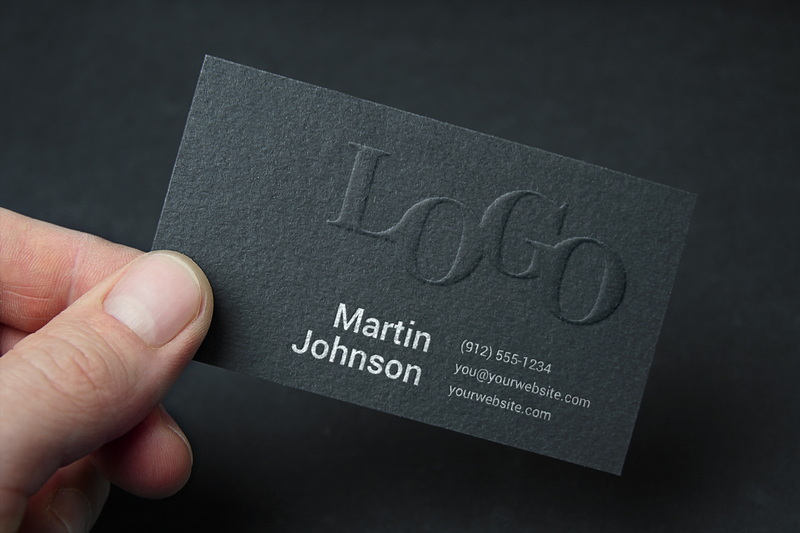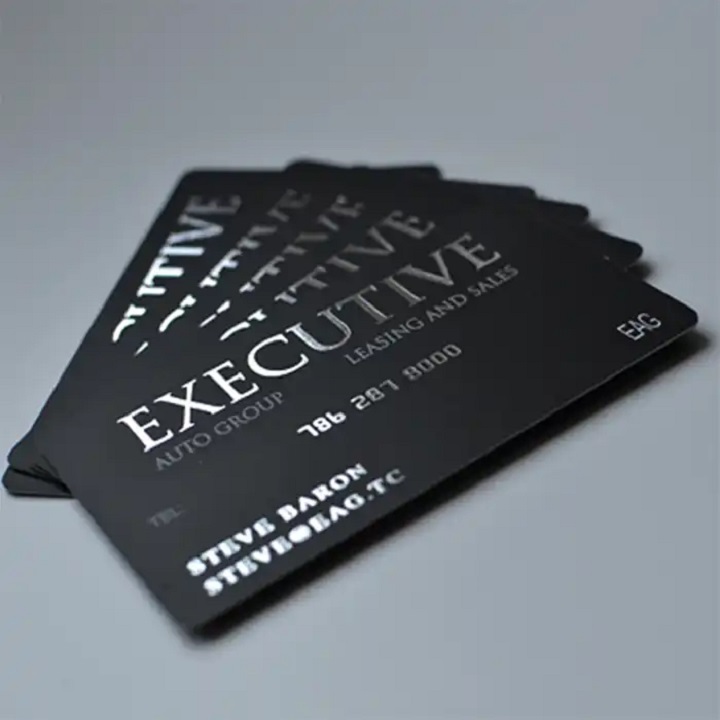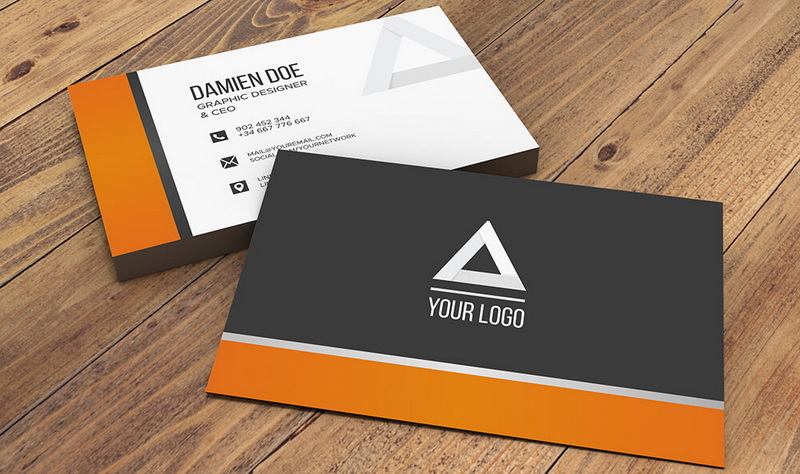Content Menu
● Introduction
● Why Business Cards Matter
● Steps to Create Your Own Business Cards
>> Define Your Brand Identity
>> Gather Essential Information
>> Choose the Right Size and Orientation
>> Design Your Card
>>> Using Online Design Tools
>>> Using Software Applications
>> Print Your Business Cards
>> Review and Revise
>> Distribute Your Business Cards Effectively
● Tips for Effective Business Card Design
● Additional Considerations When Creating Business Cards
>> Sustainability in Business Card Design
>> Digital Business Cards as an Alternative
>> Keeping Your Business Cards Updated
● Conclusion
● Frequently Asked Questions
>> 1. What size should my business card be?
>> 2. How do I choose colors for my business card?
>> 3. Should I include my photo on my business card?
>> 4. Can I print my business cards at home?
>> 5. How many business cards should I print?
● Citations:
Introduction
Creating your own business cards is an essential skill for anyone looking to establish a professional presence, whether you are an entrepreneur, freelancer, or simply looking to network effectively. Business cards serve as a tangible representation of your brand and provide potential clients or contacts with your essential information. In this comprehensive guide, we will explore the various aspects of designing, creating, and printing your own business cards, ensuring that you can make a lasting impression.

Why Business Cards Matter
Business cards are more than just pieces of paper; they are a reflection of your brand identity. Here are some reasons why having a well-designed business card is crucial:
- First Impressions: A business card is often the first point of contact between you and a potential client. A professional design can create a positive impression.
- Networking Tool: Business cards facilitate networking by providing an easy way to share your contact information.
- Brand Recognition: Consistent branding on your card helps reinforce your brand identity and makes it easier for clients to remember you.
- Convenience: Having a physical card on hand makes it easy to share your information without relying on technology.
- Tangible Reminder: Unlike digital contacts that can be forgotten, a physical card serves as a reminder of your interaction.
Steps to Create Your Own Business Cards
Define Your Brand Identity
Before you start designing, it's essential to have a clear understanding of your brand identity. Consider the following elements:
- Logo: Your logo should be prominently displayed on the card. It's the visual cornerstone of your brand.
- Color Scheme: Use colors that reflect your brand's personality. For instance, blue often conveys trust, while red can evoke excitement.
- Typography: Choose fonts that align with your brand image. A tech startup might opt for sleek, modern fonts, while a creative agency might choose something more whimsical.
Gather Essential Information
Your business card should include key information that recipients need to know about you and your business:
- Name: Your full name should be clearly visible.
- Job Title: Include your position or title within the company.
- Company Name: Make sure to include the name of your business prominently.
- Contact Information: Provide multiple ways for people to reach you (phone number, email address, website).
- Social Media Handles: If applicable, include links to professional social media profiles such as LinkedIn or Twitter.
Choose the Right Size and Orientation
The standard size for a business card is 3.5 inches by 2 inches. However, you can opt for different sizes or orientations (horizontal vs. vertical) based on your design preferences. Ensure that the size you choose fits comfortably in wallets or cardholders.
Design Your Card
You have several options for designing your business card:
Using Online Design Tools
Platforms like Canva, Adobe Express, and Zazzle offer user-friendly interfaces where you can create custom designs:
- Canva: Offers templates and design elements that make it easy to create professional-looking cards without design experience.
- Adobe Express: Provides tools for mixing fonts and colors, adding logos, and more with an intuitive interface.
- Zazzle: Allows customization of pre-made templates with your own information and logo.
Using Software Applications
If you prefer more control over the design process, consider using software like Adobe Illustrator or Photoshop. These programs offer advanced tools for creating unique designs but may require more design skills.

Print Your Business Cards
Once you've finalized your design, it's time to print:
- Choose Quality Paper: Select a heavy cardstock for durability; common weights range from 14pt to 16pt.
- Print at Home or Use a Professional Service: You can print at home using a high-quality printer or use services like Vistaprint or Moo for professional printing.
- Consider Finishing Options: Options like matte or glossy finishes can enhance the look of your cards. You might also consider rounded corners or embossed text for added flair.
Review and Revise
Before printing in bulk, review your design carefully. Check for typos and ensure all information is accurate. It may be helpful to get feedback from colleagues or friends who can provide constructive criticism.
Distribute Your Business Cards Effectively
Once you have printed your business cards, think strategically about how to distribute them:
- Networking Events: Always carry cards to conferences and networking events where you might meet potential clients or collaborators.
- Meetings and Presentations: Hand out cards during meetings as a follow-up tool after discussing ideas.
- Local Businesses: Leave cards at local businesses that align with your target audience; this could lead to referrals.
- Mailing Lists: Include cards in direct mail campaigns as an added touch.
Tips for Effective Business Card Design
1. Keep It Simple: Avoid cluttering the card with too much information; focus on what's essential.
2. Use High-Quality Images: If using images or logos, ensure they are high resolution (300 dpi) for clear printing.
3. Incorporate White Space: Adequate white space helps make the card more readable and visually appealing.
4. Add a Call-to-Action (CTA): Encourage recipients to take action, such as visiting your website or connecting on LinkedIn.
5. Experiment with Textures: Unique textures (like embossed text) can make your card stand out.
Additional Considerations When Creating Business Cards
Sustainability in Business Card Design
As environmental awareness grows, consider using sustainable materials for your business cards:
- Recycled Paper: Many printing services offer recycled paper options that reduce environmental impact.
- Eco-Friendly Inks: Look for printers that use soy-based inks which are less harmful than traditional petroleum-based inks.
Digital Business Cards as an Alternative
In addition to physical cards, digital business cards are becoming increasingly popular:
- NFC Technology: Some digital business cards use Near Field Communication (NFC) technology that allows users to tap their phone against another device to share contact information instantly.
- Mobile Apps: Applications like HiHello allow you to create digital business cards that can be shared via email or text message.
Keeping Your Business Cards Updated
Your business card should evolve with you:
- Regularly update your contact information and job title as needed.
- Refresh the design every few years to keep it current with trends in graphic design.
Conclusion
Creating your own business cards is a rewarding process that allows you to showcase your personal brand effectively. By following the steps outlined in this guide—from defining your brand identity to designing and printing—you're well-equipped to produce professional-quality business cards that leave a lasting impression.

Frequently Asked Questions
1. What size should my business card be?
The standard size is 3.5 inches by 2 inches, but you can choose other sizes based on preference.
2. How do I choose colors for my business card?
Select colors that reflect your brand's identity; consider using color psychology to convey specific messages.
3. Should I include my photo on my business card?
Including a photo can be beneficial if it aligns with your personal branding strategy but is not necessary for all professions.
4. Can I print my business cards at home?
Yes, if you have quality cardstock and a good printer, you can print at home; however, professional printing services often yield better results.
5. How many business cards should I print?
Start with a small batch (50-100) to test designs before committing to larger quantities.
Citations:
[1] https://www.youtube.com/watch?v=rlTcwouo4BQ
[2] https://www.indeed.com/career-advice/career-development/business-card-tips
[3] https://www.youtube.com/watch?v=ipyiY72JTco
[4] https://www.youtube.com/watch?v=ylv_4EpP5zc
[5] https://blog.hubspot.com/sales/how-to-design-business-card
[6] https://www.youtube.com/watch?v=-hUnExFiLuQ
[7] https://www.adobe.com/express/create/business-card
[8] https://support.microsoft.com/en-us/office/create-and-print-your-own-business-cards-in-publisher-d62860fd-41b6-45dd-8f31-89907c726135
[9] https://www.youtube.com/watch?v=ru1nfCDNXt4
[10] https://graphicmama.com/blog/how-to-create-a-custom-business-card-tutorials/
































